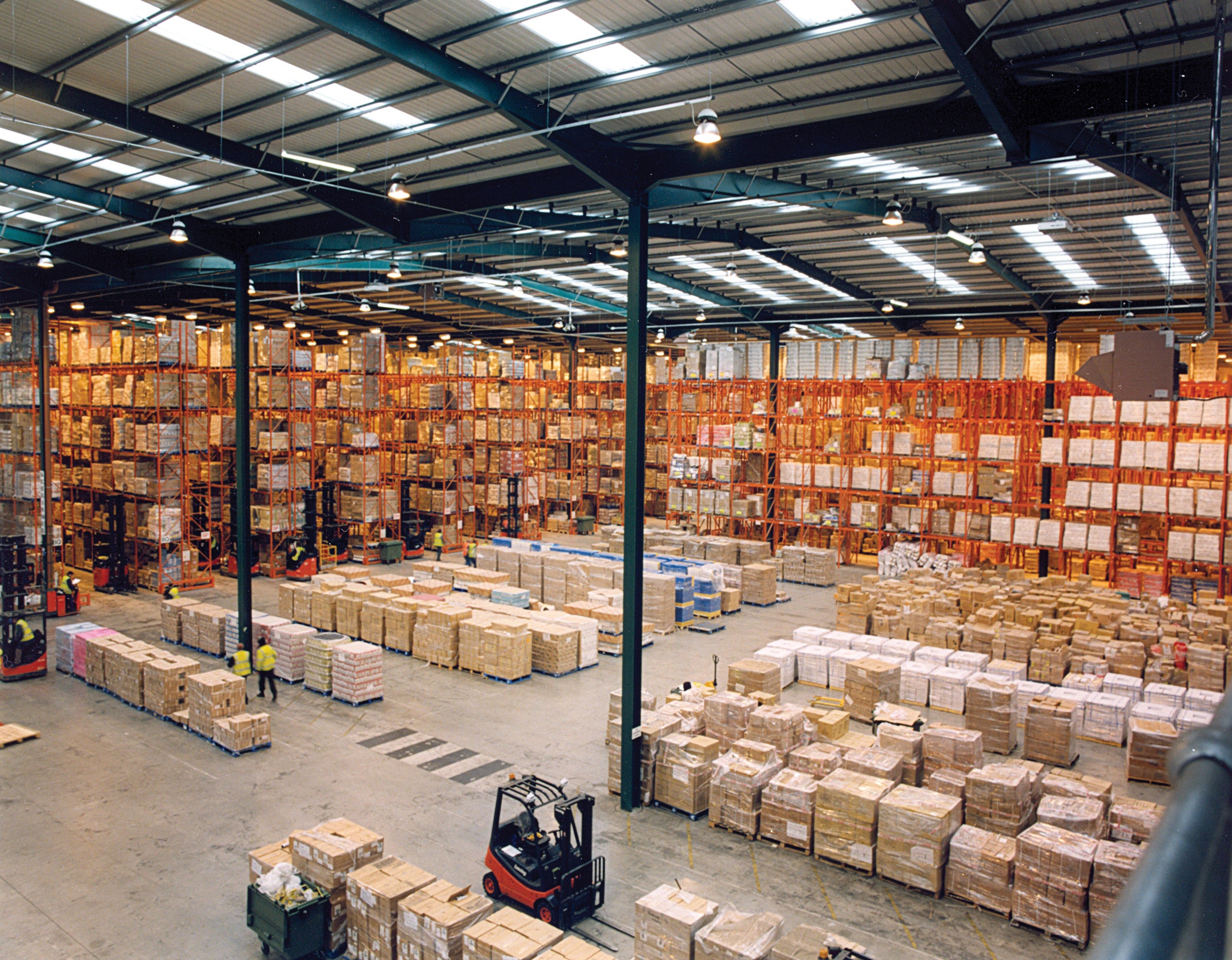Enhancing Warehouse Efficiency with RGB-D 3D Vision Solutions for Pallet Position Management

Modern warehouse management systems integrate a variety of advanced technologies to achieve efficient, automated warehouse operations. These systems include Internet of Things (IoT) sensors, big data analytics and artificial intelligence (AI), warehouse execution systems (WES), automated storage and retrieval systems (AS/RS), cloud computing and data storage, as well as security and monitoring systems. Through the collaborative work of these technologies, warehouses can achieve real-time data collection and analysis, optimize resource allocation, reduce manual intervention, and improve operational efficiency.
Within these systems, the accuracy of determining the occupancy status of storage locations and pallet positions is particularly important. By adopting LiDAR or vision technology, it is possible to monitor the occupancy status and stacking information of each storage location in real time. This allows mobile robots to obtain real-time, detailed data support for the next accurate cargo handling operation. However, the use of storage location and pallet position management still faces the following challenges:
Challenge 1: AGVs and manual operations coexisting in the same warehouse cause WMS system updates to be untimely
Currently, in most warehouses where AGVs have been implemented, there is still manual stacking of items. This situation can cause the WMS system to be unable to accurately determine the actual occupancy status of each storage location and pallet position in real-time, leading to inaccurate information being provided to the AGV. If the occupied storage locations are not identified in a timely manner, it can result in erroneous instructions being received by the AGV, reducing operational efficiency and increasing the risk of collisions with other goods or equipment. In severe cases, this could lead to safety accidents, endangering personnel safety and equipment operation.
Challenge 2: Single-point LiDAR-transmitted storage location and pallet position information is inaccurate, causing stacking accidents
Some warehouses use single-point LiDAR for storage location detection. This type of rangefinder can only emit a single laser beam to the surface of an object to form a point. This measurement method may sometimes overlook the gaps between boxes or pallets, leading to misidentification of the storage location and pallet position as empty or lacking goods, thus easily causing stacking accidents.
Challenge 3: Sole reliance on RGB cameras for validation methods poses risks of misjudgment and information loss
Using RGB cameras for determining the status of storage locations and pallet positions has several drawbacks. Firstly, when detecting target areas through deep learning, the presence of objects outside the training set entering the storage location can easily cause misdetections, providing incorrect storage location and pallet position status information. Secondly, for storage locations that require cargo stacking, the information provided by the RGB camera lacks cargo height information, making it difficult to arrange stacking tasks. Additionally, some warehouses use ultra-wide-angle fisheye cameras to determine storage location and pallet position status, which suffer from significant edge distortion, presenting challenges to model training and prediction accuracy, and requiring additional GPU server costs.
3D vision solutions have been applied in multiple warehouse projects
Since the introduction of the RGB-D 3D vision-based storage location and pallet position status recognition solution, RGB-D 3D Vision Solutions has been used in multiple warehouse projects in conjunction with AGVs, including in the lithium battery, logistics warehousing, and packaging industries.
This solution is developed based on RGB-D cameras, which collect three-dimensional data and color information of objects stacked on each storage location and pallet position. Combining AI deep learning technology, the recognition algorithm is placed at the camera end to achieve comprehensive monitoring of storage location and pallet position status, minimizing the possibility of misjudgment.
Moreover, RGB-D 3D Vision Solutions provides a complete set of solutions from semi-automatic annotation to model training and deployment. Users can flexibly enhance the model while greatly reducing the difficulty of data annotation.



